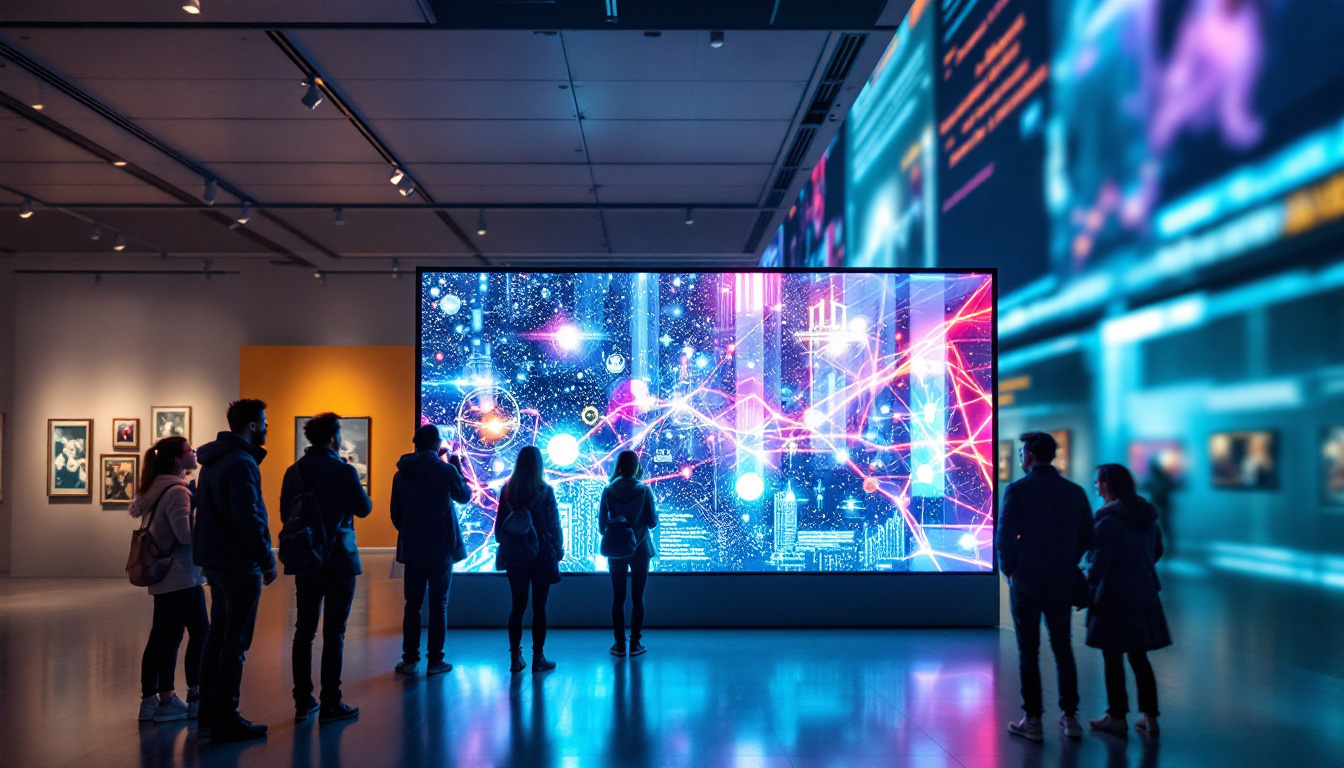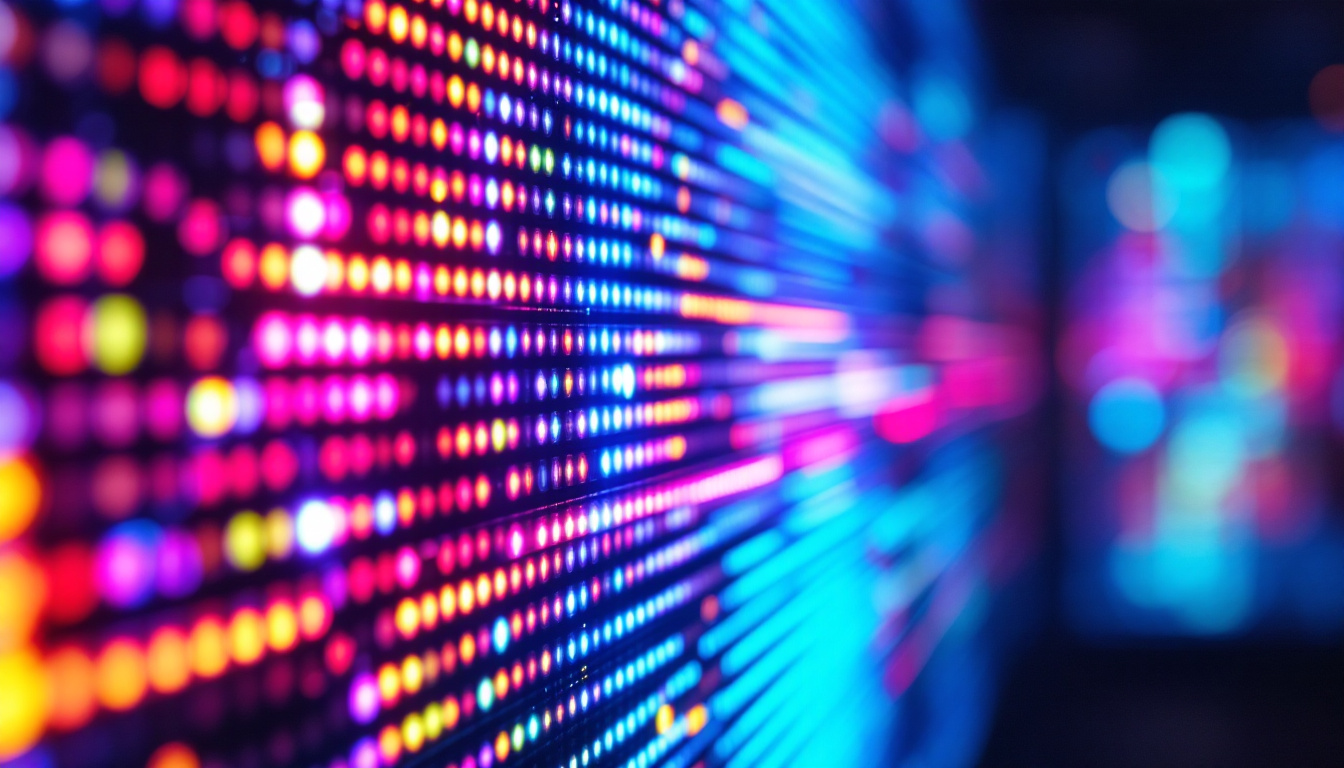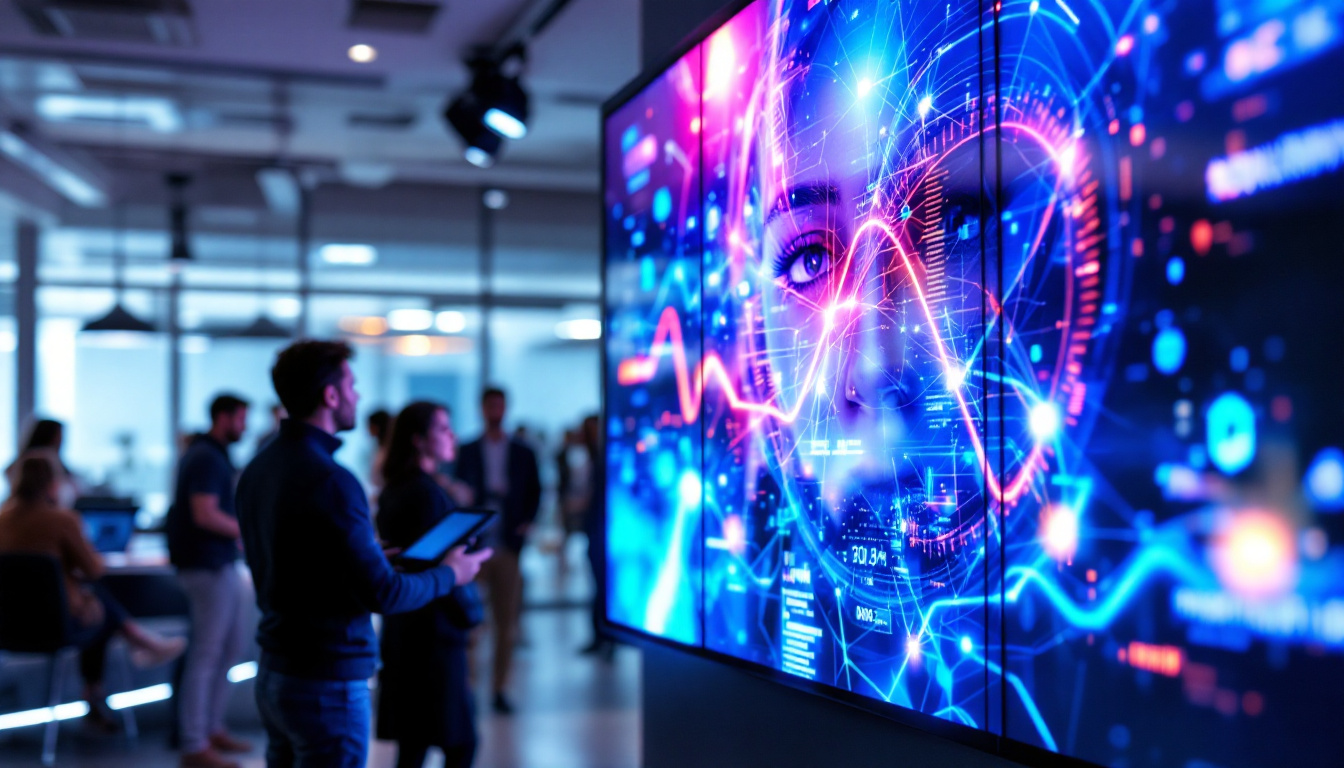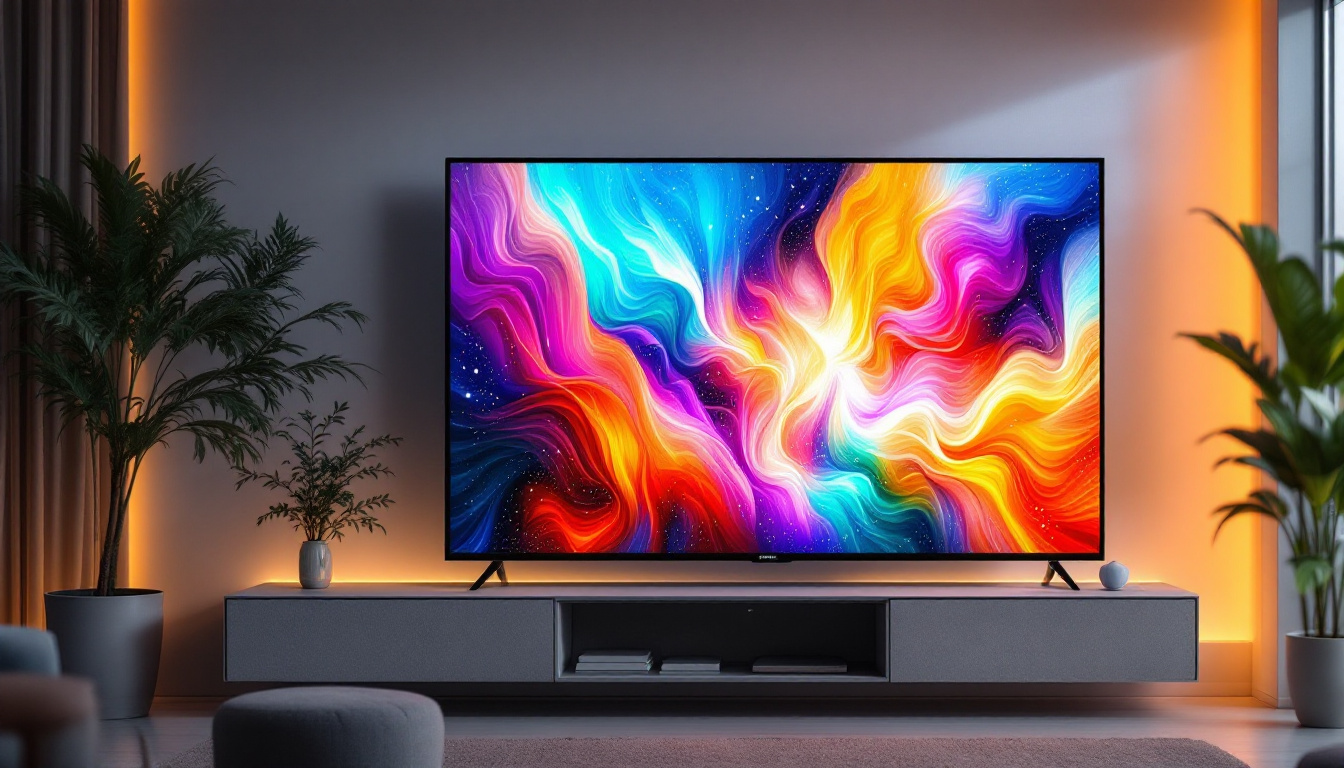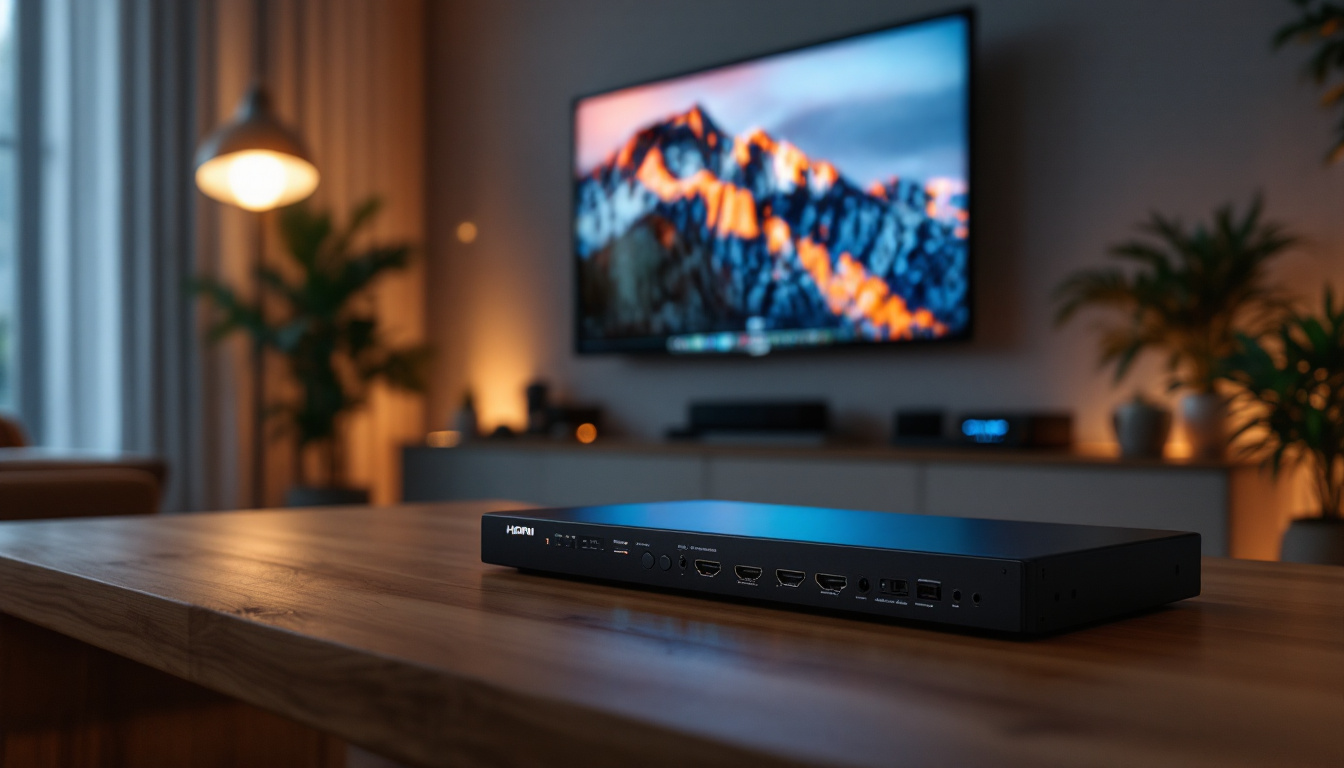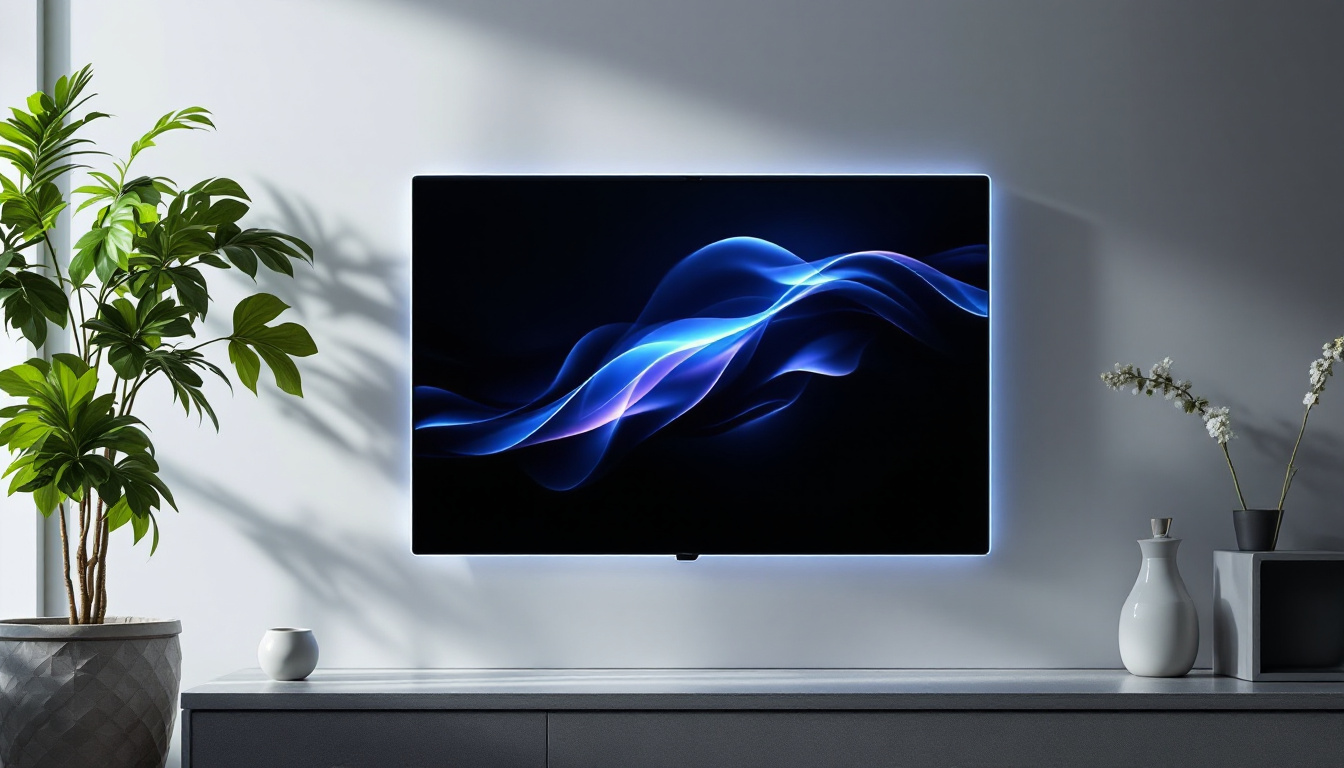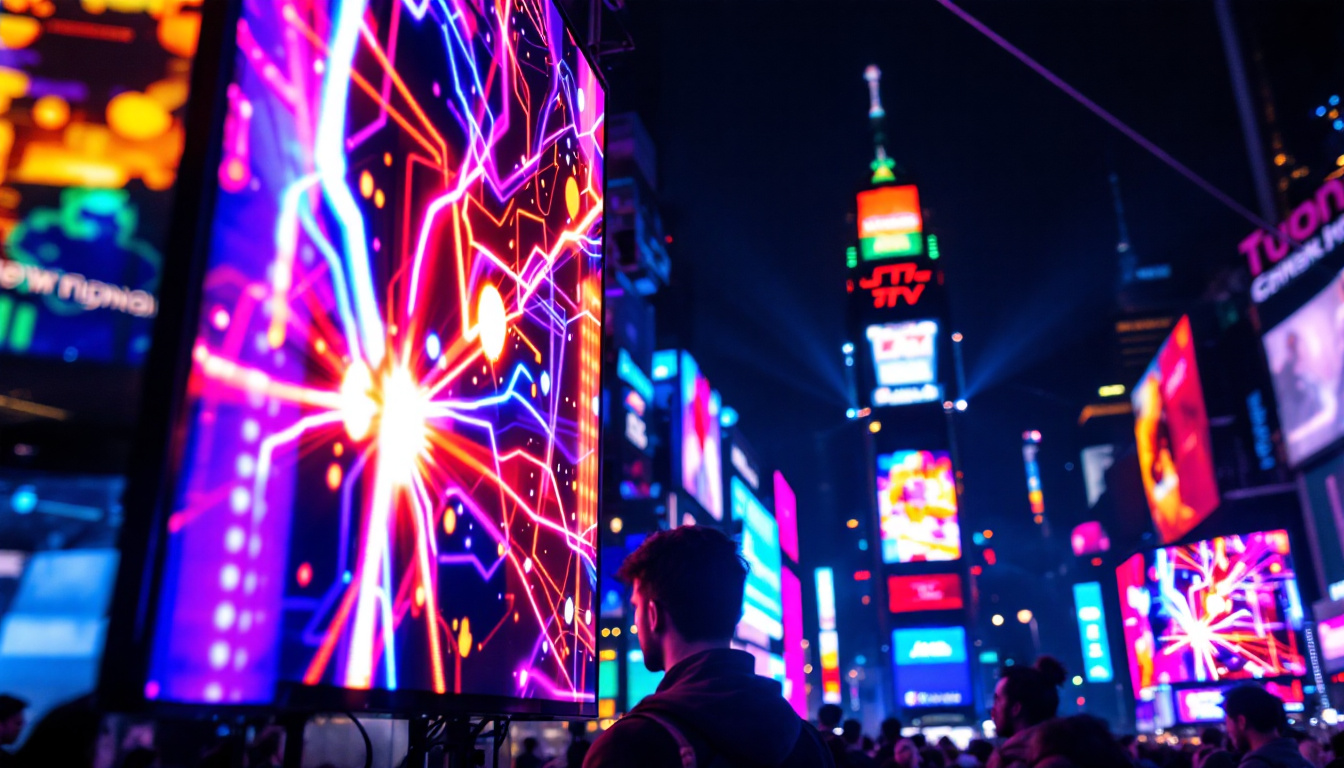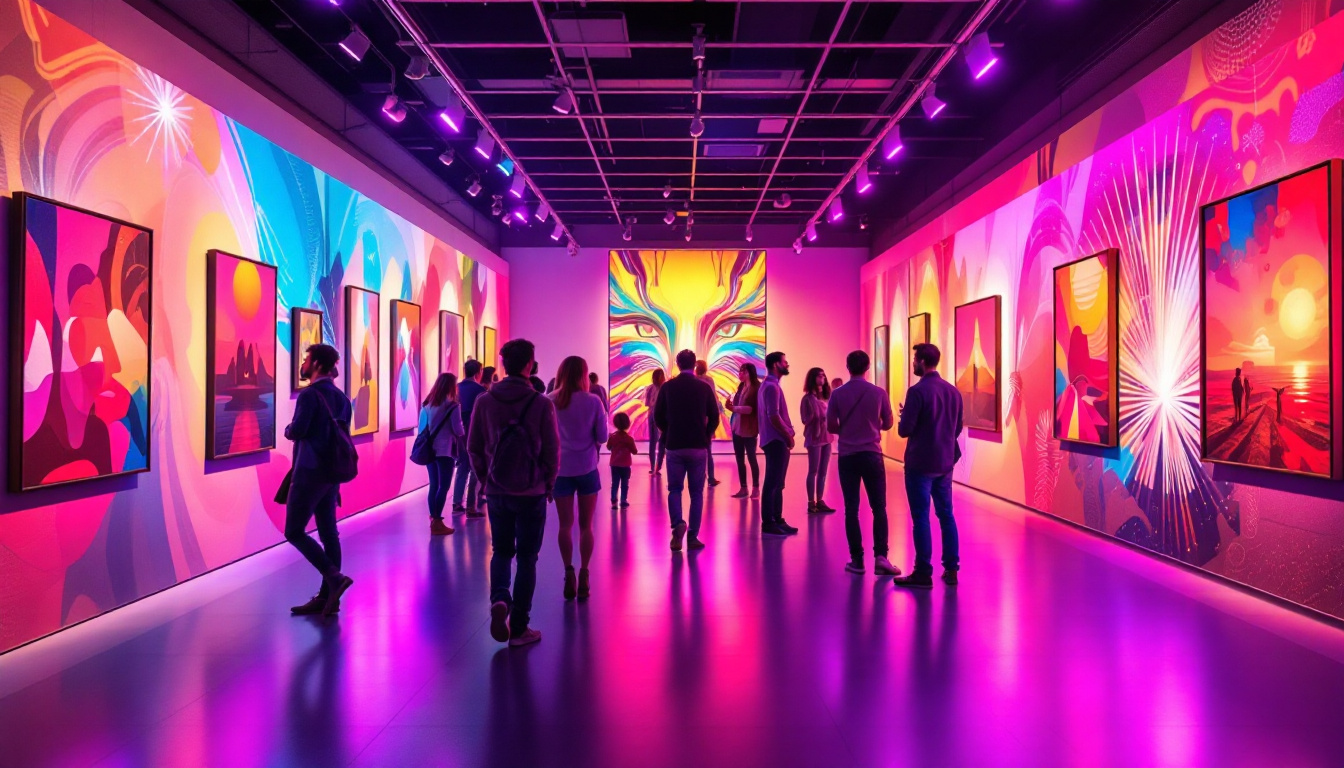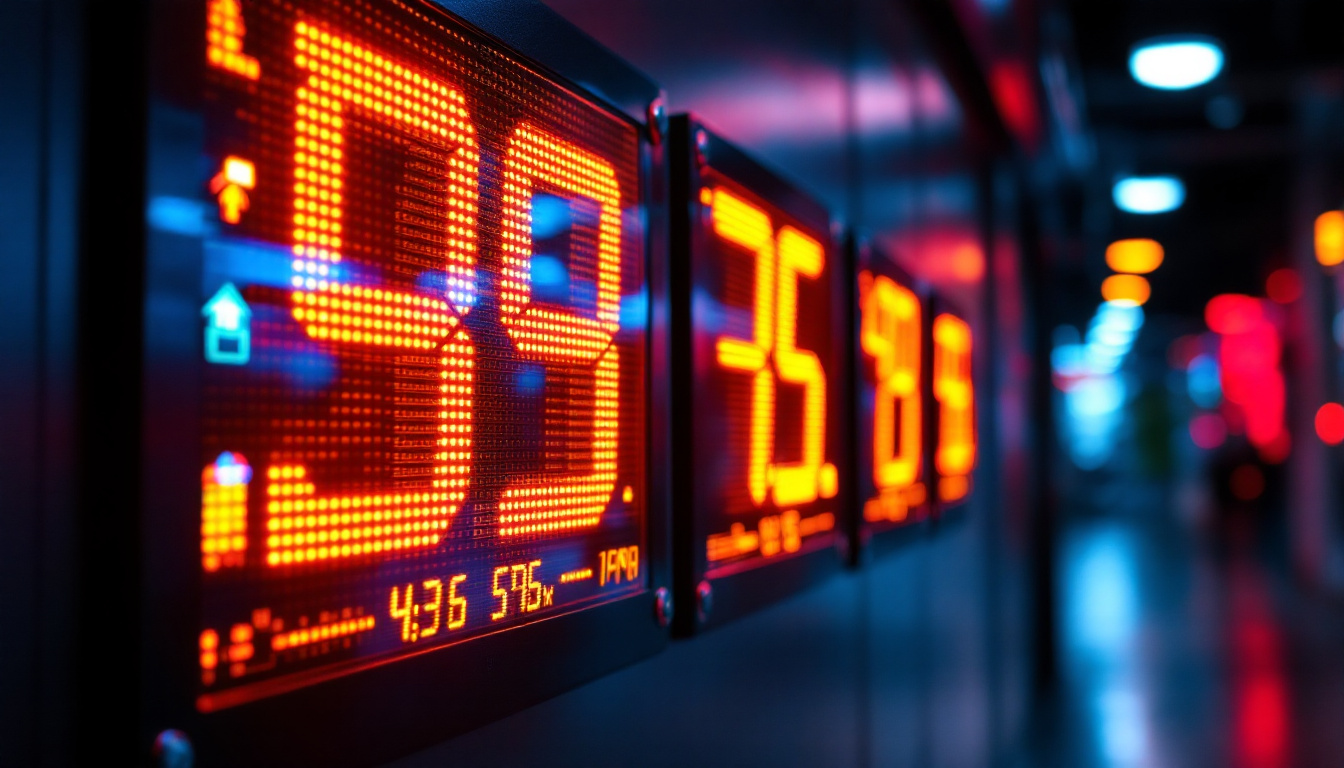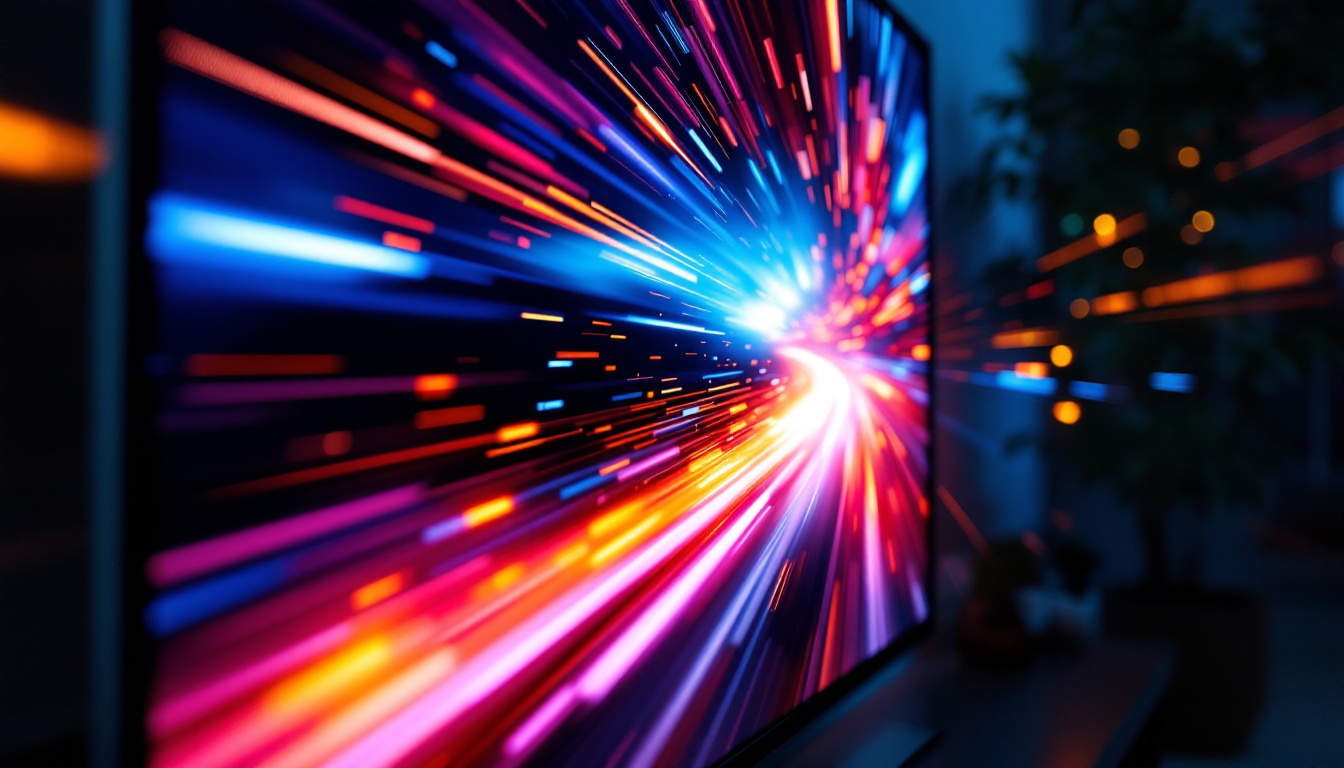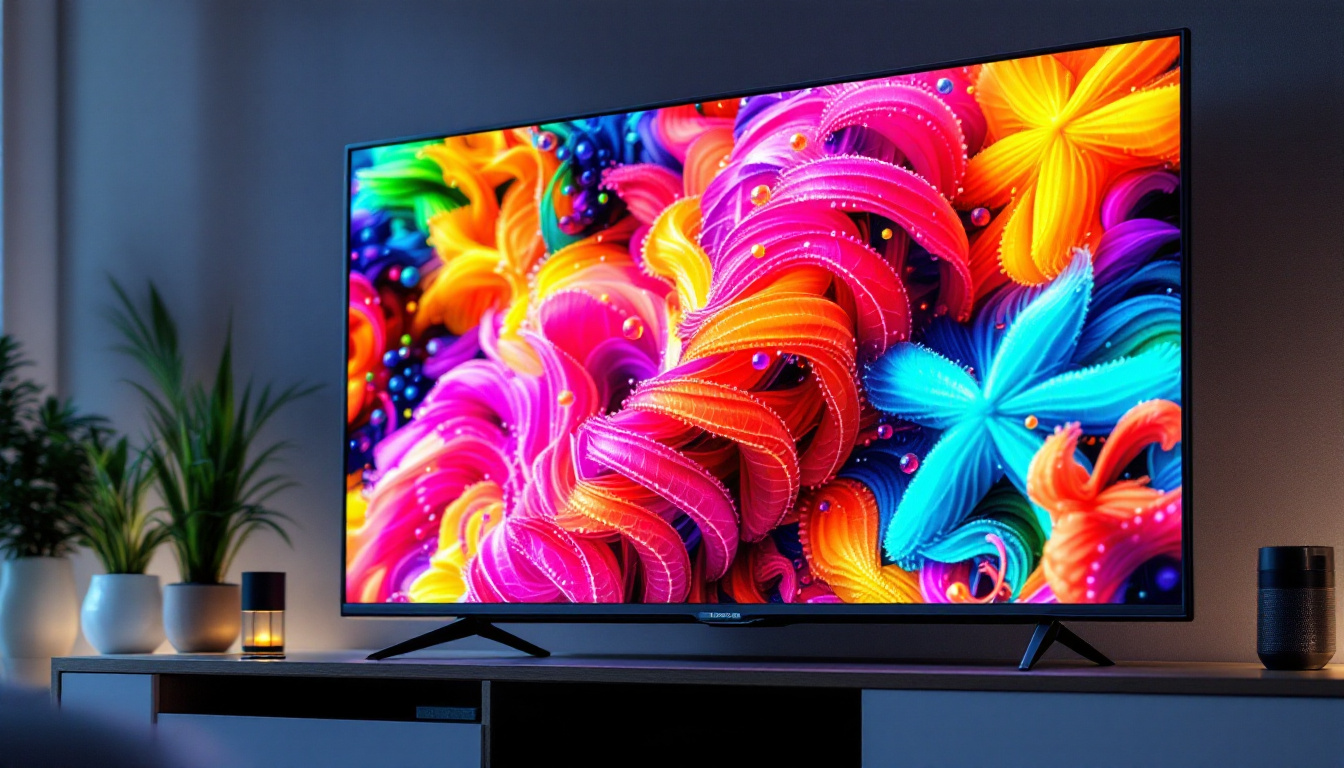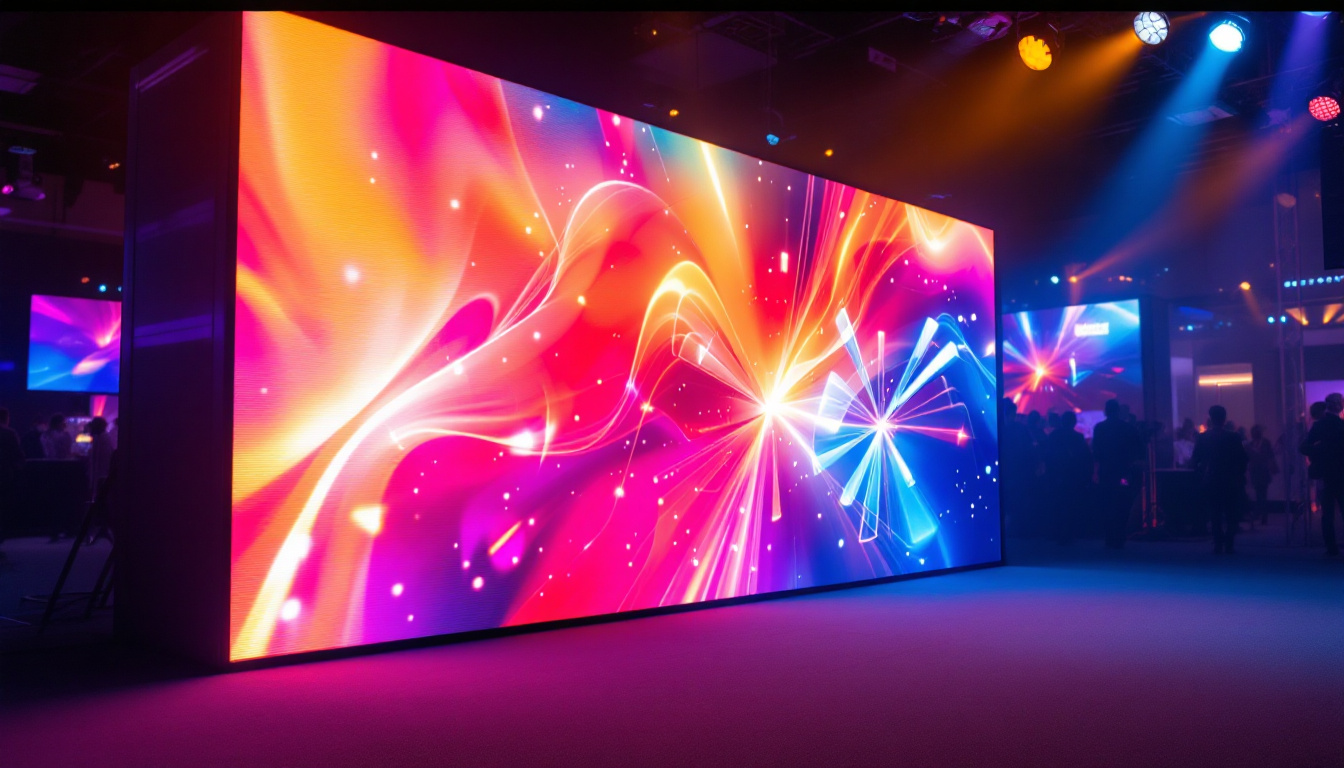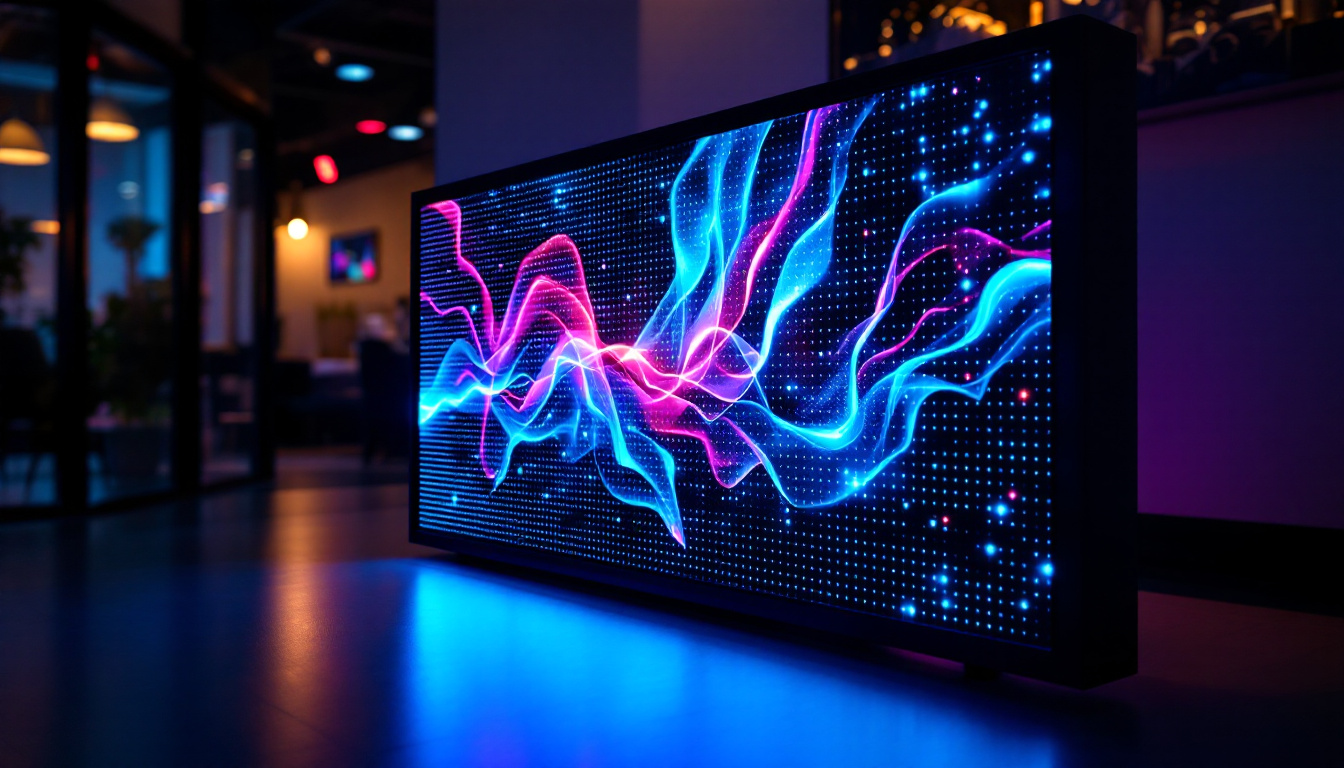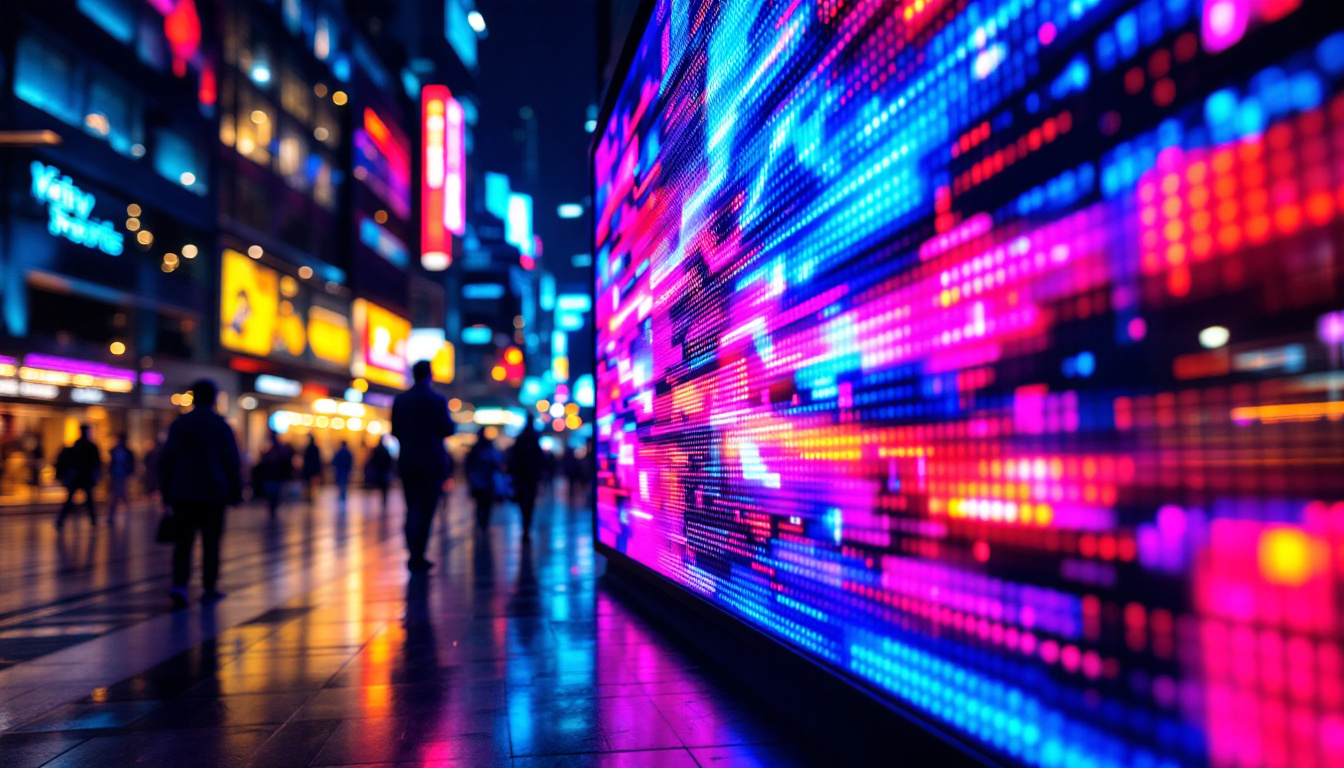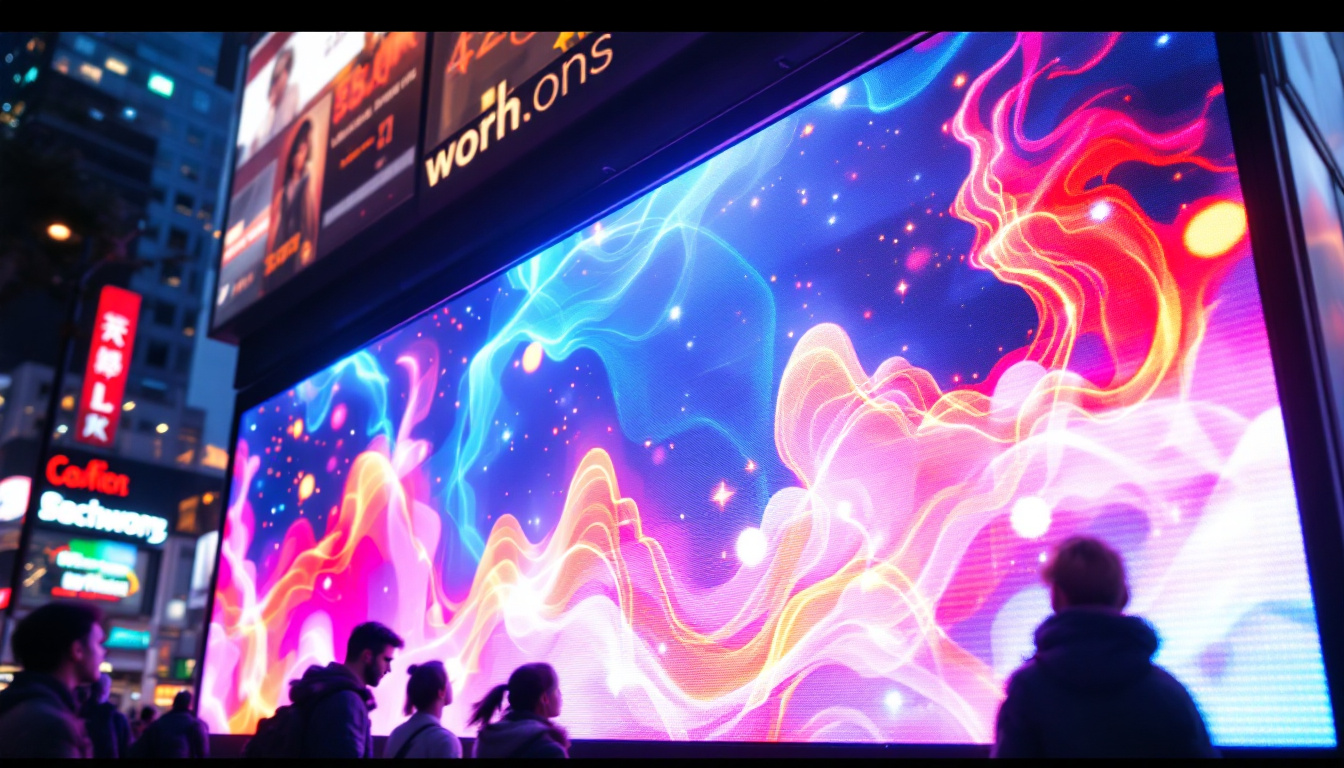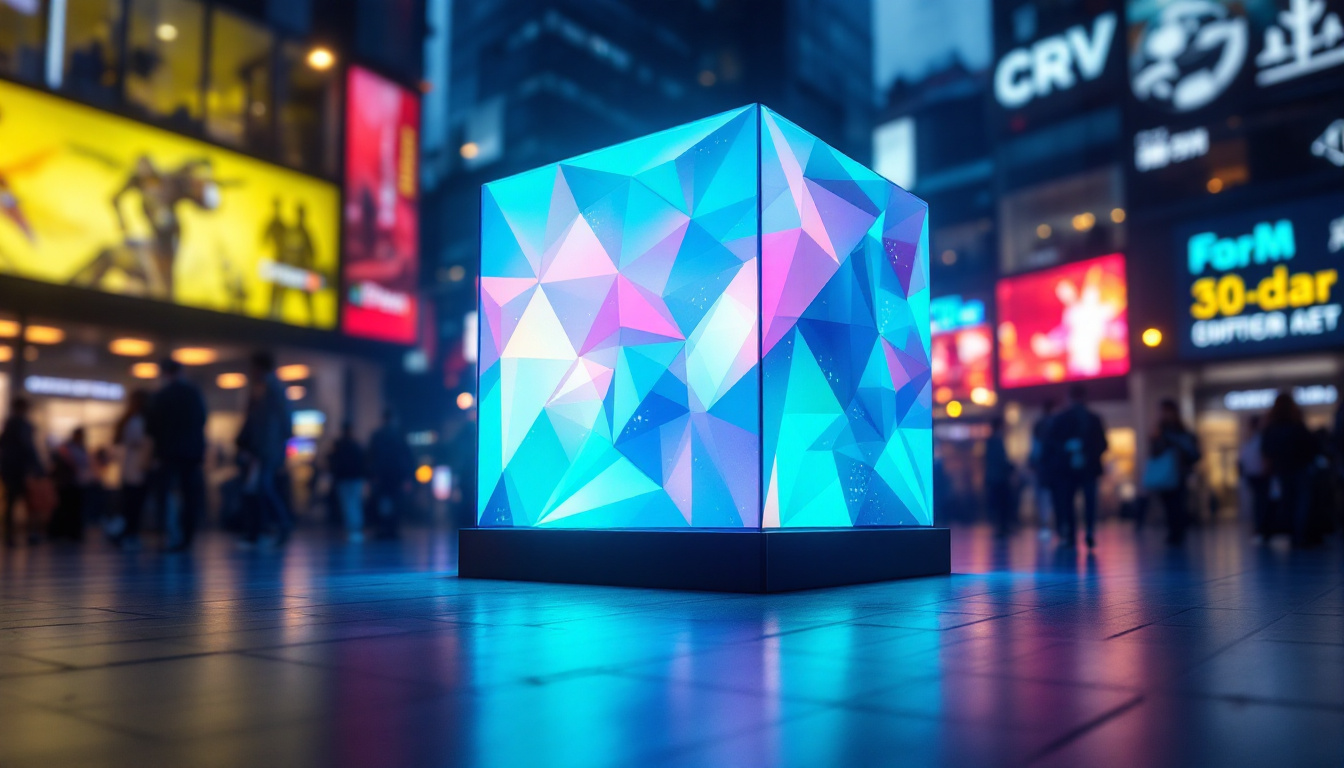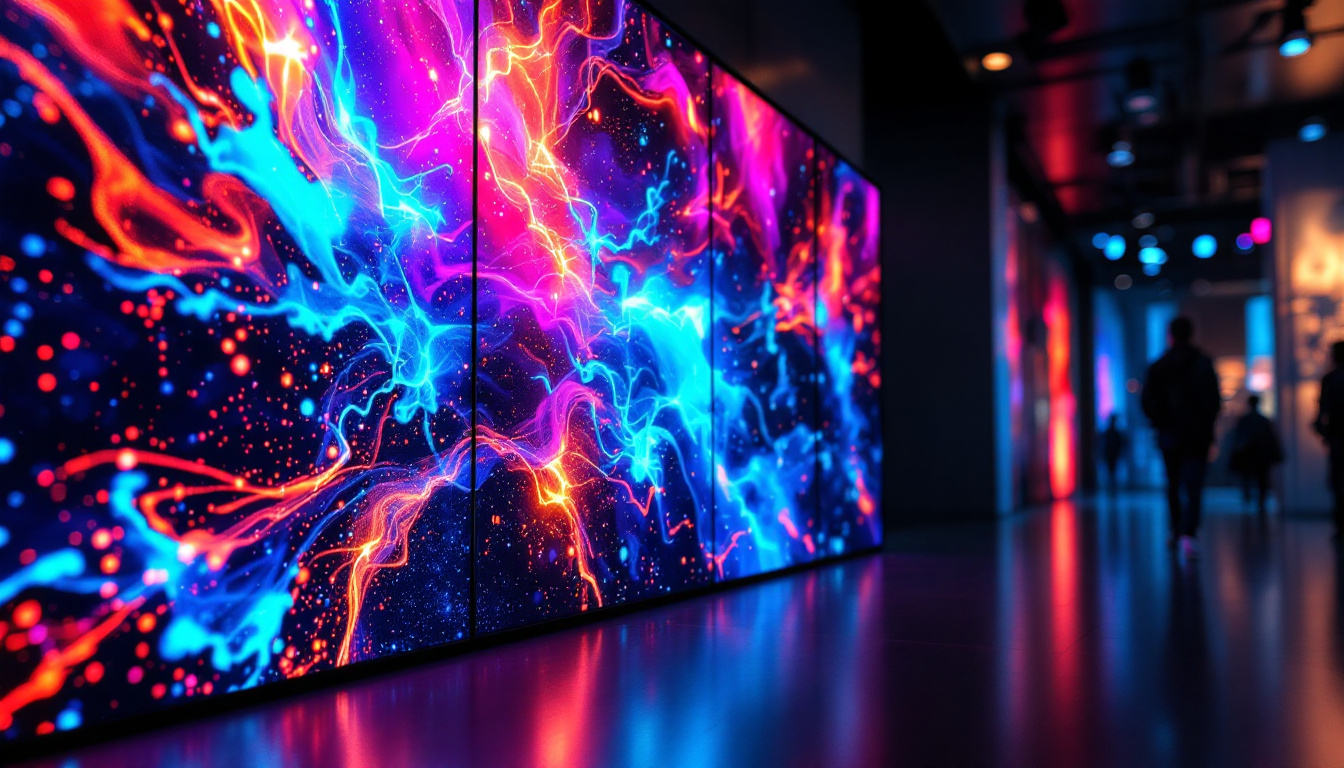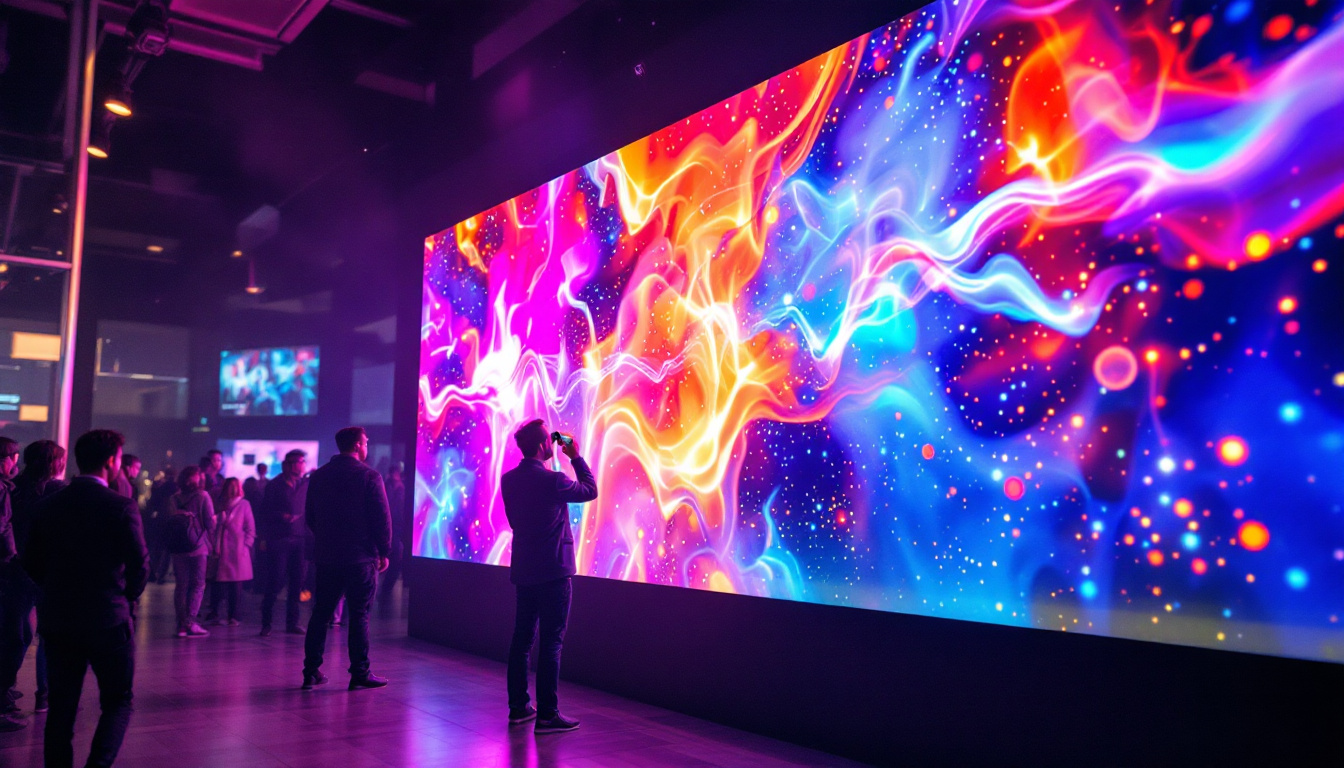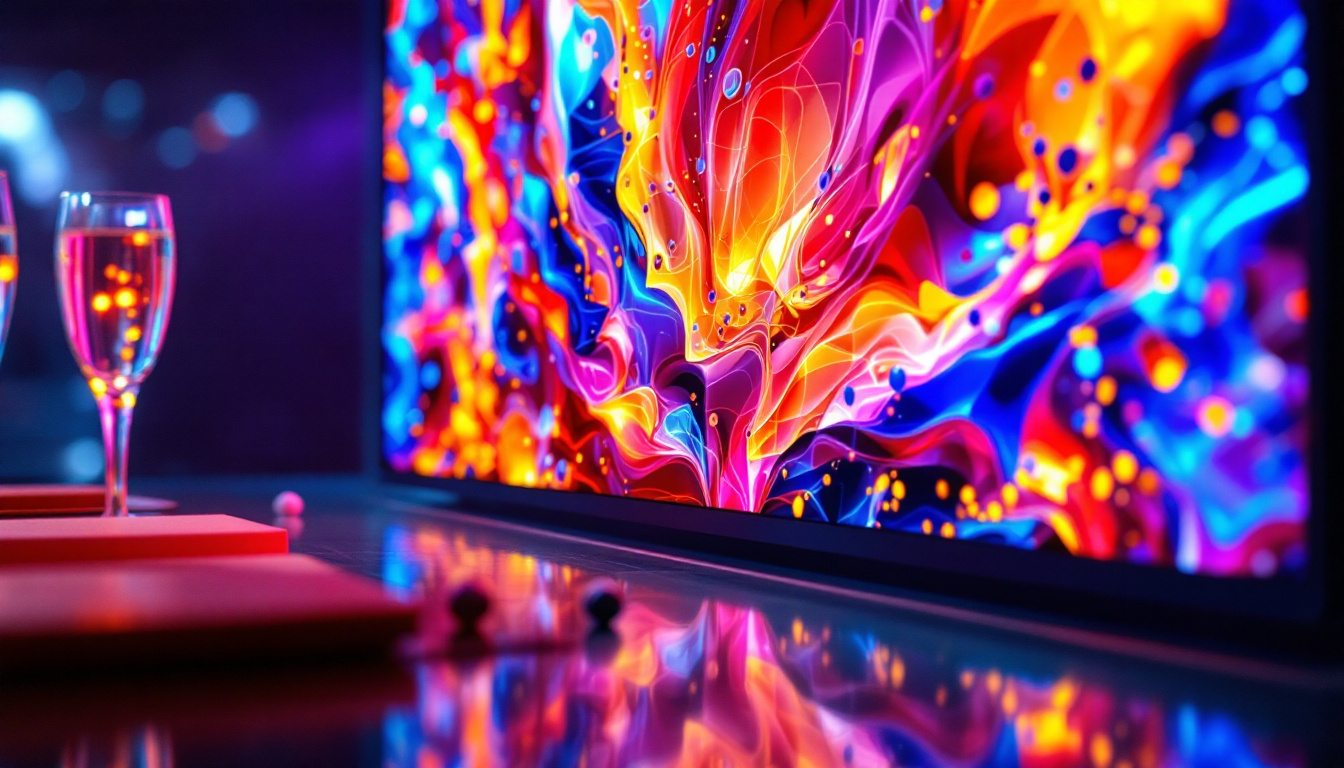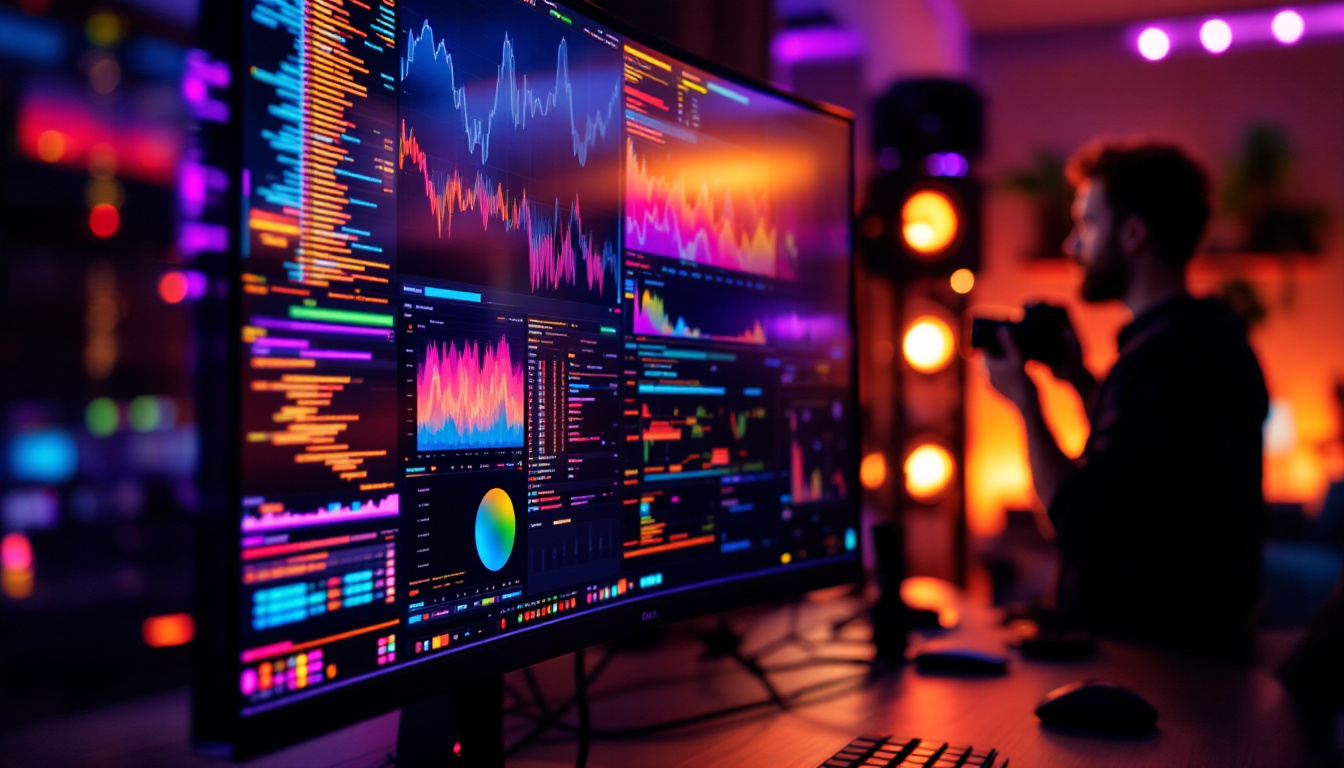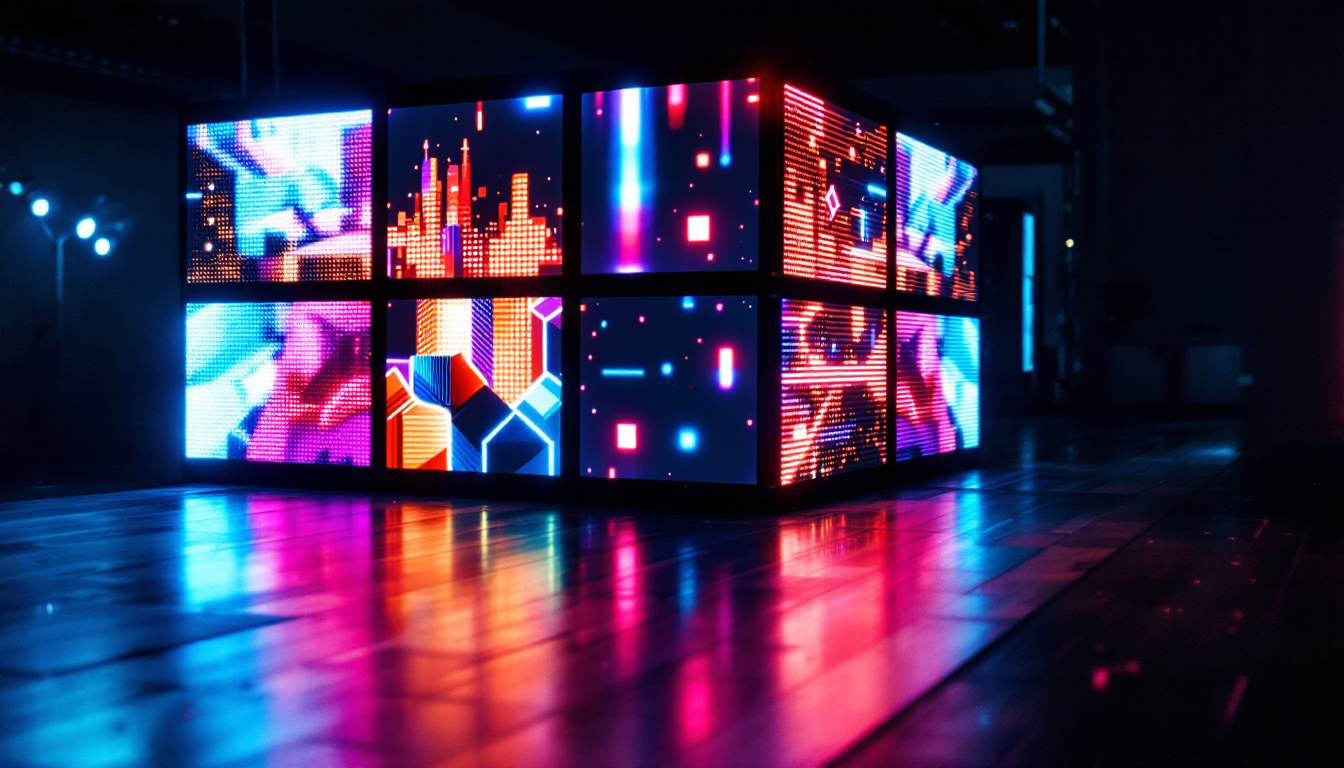Museums have long been a cornerstone of cultural preservation and education, providing visitors with insights into history, art, and science. In an age where technology plays a pivotal role in enhancing visitor experiences, LED displays have emerged as a powerful tool for museums. This article delves into the intricacies of museum information displays, specifically focusing on the advantages and applications of LED technology.
The Role of Information Displays in Museums
Information displays serve as a vital communication bridge between the museum and its visitors. They provide essential context, enhance storytelling, and facilitate a deeper understanding of the exhibits. In a world where attention spans are dwindling, effective displays can captivate audiences and keep them engaged.
Enhancing Visitor Engagement
Engagement is crucial for any museum aiming to leave a lasting impression. Information displays, particularly those utilizing LED technology, can transform static exhibits into dynamic experiences. For instance, LED screens can showcase multimedia presentations, including videos, animations, and interactive content. This interactivity not only informs but also entertains, making the learning process enjoyable. Furthermore, the incorporation of augmented reality (AR) features can allow visitors to use their smartphones or provided devices to see additional layers of information or even 3D reconstructions of artifacts, enriching their understanding of the historical context.
Providing Real-Time Information
One of the significant advantages of LED displays is their ability to provide real-time information. Museums can update content instantly, ensuring that visitors receive the most current details about exhibits, events, and programs. Whether it’s announcing a special exhibit or providing live updates on visitor numbers, LED displays can enhance the overall visitor experience. Additionally, these displays can serve as wayfinding tools, guiding guests through the museum with interactive maps and schedules, thus reducing confusion and enhancing the flow of foot traffic. By integrating social media feeds, museums can also showcase visitor experiences and feedback in real-time, creating a sense of community and encouraging others to share their own stories and insights as they explore the space.
Advantages of LED Displays in Museums
LED displays offer a range of benefits that make them particularly suited for museum environments. Their versatility, energy efficiency, and visual appeal contribute to their growing popularity in the cultural sector.
Visual Impact and Clarity
One of the standout features of LED displays is their ability to deliver vibrant colors and high contrast, making information easy to read from a distance. This clarity is essential in crowded museum spaces, where visitors may be viewing displays from various angles and distances. The sharpness and brightness of LED screens ensure that information is not only visible but also engaging. Furthermore, the ability to adjust brightness levels based on ambient light conditions enhances the viewing experience, ensuring that displays remain striking regardless of the time of day or the lighting within the gallery. This adaptability is particularly beneficial in museums that host evening events or have large windows that allow natural light to flood in during the day.
Energy Efficiency and Longevity
In an era where sustainability is paramount, LED technology shines due to its energy efficiency. Compared to traditional display technologies, LEDs consume significantly less power while offering a longer lifespan. This longevity translates to reduced maintenance costs and less frequent replacements, making them a cost-effective solution for museums. Additionally, the lower heat output of LED displays contributes to a more stable environment for sensitive artifacts, as excessive heat can cause damage over time. This aspect not only helps in preserving valuable collections but also aligns with the growing trend of eco-conscious practices within the museum sector, allowing institutions to showcase their commitment to sustainability.
Flexibility in Content Delivery
LED displays can accommodate a wide range of content formats, from still images to videos and animations. This flexibility allows museums to tailor their presentations to suit different themes, audiences, and educational goals. Additionally, the ability to switch content quickly means that museums can adapt to changing exhibitions or highlight specific artifacts without the need for extensive physical alterations. This dynamic content delivery can also enhance visitor engagement by incorporating interactive elements, such as touch screens or augmented reality features, which invite guests to explore exhibits in a more immersive way. By integrating technology into their displays, museums can create a more memorable experience that resonates with a diverse audience, encouraging repeat visits and deeper exploration of the subjects presented.
Applications of LED Displays in Museums
The applications of LED displays in museums are diverse, ranging from exhibit enhancement to wayfinding solutions. Understanding these applications can help museums leverage technology to its fullest potential.
Exhibit Enhancement
LED displays can serve as supplementary tools for exhibits, providing additional context and information about artifacts. For example, a historical artifact may be accompanied by a video that explains its significance, or an interactive display might allow visitors to explore related themes in greater depth. This layered approach enriches the visitor experience and fosters a deeper connection to the content.
Wayfinding and Visitor Navigation
Large museums can often be overwhelming, especially for first-time visitors. LED displays can serve as effective wayfinding tools, guiding visitors through the space and highlighting key areas of interest. Interactive kiosks equipped with touchscreens can provide personalized navigation, helping visitors plan their routes based on their interests and time constraints.
Event Promotion and Educational Programs
LED displays are also instrumental in promoting upcoming events, workshops, and educational programs. By showcasing schedules and highlights in real-time, museums can increase participation and engagement. Dynamic displays can draw attention to special events, ensuring that visitors are informed and excited about what’s happening in the museum.
Design Considerations for LED Displays
While the benefits of LED displays are clear, there are several design considerations that museums must take into account to maximize their effectiveness. Thoughtful planning and execution can ensure that the displays enhance rather than detract from the overall visitor experience.
Placement and Visibility
The placement of LED displays is critical for ensuring visibility and accessibility. Displays should be strategically located where they can be easily seen by visitors without obstructing foot traffic. Additionally, considering the height and angle of the displays can enhance readability and engagement.
Content Design and User Experience
Creating compelling content is essential for the success of any LED display. Content should be visually appealing, concise, and easy to understand. Utilizing a mix of text, images, and multimedia can cater to different learning styles and keep visitors engaged. Furthermore, ensuring that the user experience is intuitive will encourage interaction and exploration.
Integration with Existing Systems
For museums that already have established systems for information dissemination, integrating LED displays can pose challenges. It’s crucial to ensure that new technology complements existing systems rather than complicating them. This may involve working with IT professionals to create a seamless integration that allows for easy content updates and management.
Challenges and Considerations
Despite the numerous advantages of LED displays, there are challenges that museums must navigate. Understanding these potential hurdles can help institutions prepare and implement effective solutions.
Initial Costs and Budgeting
The initial investment for LED displays can be substantial, which may pose a challenge for smaller museums or those with limited budgets. However, it’s essential to consider the long-term savings associated with energy efficiency and reduced maintenance costs. Museums should also explore grants and funding opportunities specifically aimed at technological advancements in cultural institutions.
Technical Maintenance and Support
Like any technology, LED displays require ongoing maintenance and support. Museums must plan for regular servicing to ensure optimal performance. This includes software updates, cleaning, and potential repairs. Having a dedicated team or partnering with a service provider can alleviate the burden of technical issues.
Training Staff and Volunteers
To fully leverage the capabilities of LED displays, staff and volunteers must be adequately trained. This training should cover content management, troubleshooting, and visitor engagement strategies. Empowering staff with the knowledge and skills to utilize the technology effectively will enhance the overall visitor experience.
Future Trends in Museum LED Displays
The landscape of museum displays is continually evolving, and LED technology is at the forefront of this transformation. As technology advances, new trends are emerging that promise to further enhance the way museums communicate with their audiences.
Interactive and Immersive Experiences
Future LED displays are likely to embrace even more interactive and immersive elements. Virtual reality (VR) and augmented reality (AR) integrations can create captivating experiences that transport visitors to different times and places. These technologies can work in tandem with LED displays to provide a multi-sensory experience that deepens understanding and engagement.
Data-Driven Personalization
As museums collect more data on visitor preferences and behaviors, LED displays can be used to deliver personalized content. For example, displays could highlight exhibits based on a visitor’s previous interactions or interests. This level of personalization can enhance the visitor experience, making it more relevant and engaging.
Sustainability and Eco-Friendly Solutions
With growing awareness of environmental issues, future LED displays are likely to focus on sustainability. This may include using eco-friendly materials, energy-efficient technologies, and designs that minimize waste. Museums that prioritize sustainability in their displays will not only contribute to environmental conservation but also resonate with increasingly eco-conscious audiences.
Conclusion
LED displays have revolutionized the way museums communicate with their visitors, offering a dynamic and engaging means of sharing information. Their visual impact, energy efficiency, and flexibility make them an invaluable asset in the cultural sector. As museums continue to evolve, embracing innovative technologies like LED displays will be essential for enhancing visitor experiences and fostering a deeper connection to the exhibits.
By understanding the advantages, applications, and challenges associated with LED displays, museums can strategically implement this technology to create captivating environments that educate, inspire, and engage. The future of museum information displays is bright, and LED technology will undoubtedly play a significant role in shaping that future.
Discover LumenMatrix LED Display Solutions
Ready to elevate your museum’s visitor experience with the latest in LED display technology? LumenMatrix specializes in creating immersive and engaging visual displays that can transform any exhibit. From Indoor and Outdoor LED Wall Displays to innovative solutions like LED Transparent Displays, LumenMatrix offers a wide array of options to fit your specific needs. Embrace the future of museum displays and captivate your audience with unparalleled clarity and impact. Check out LumenMatrix LED Display Solutions today and bring your exhibits to life.

